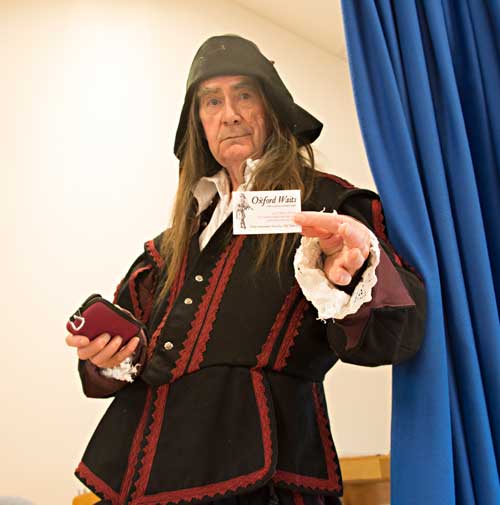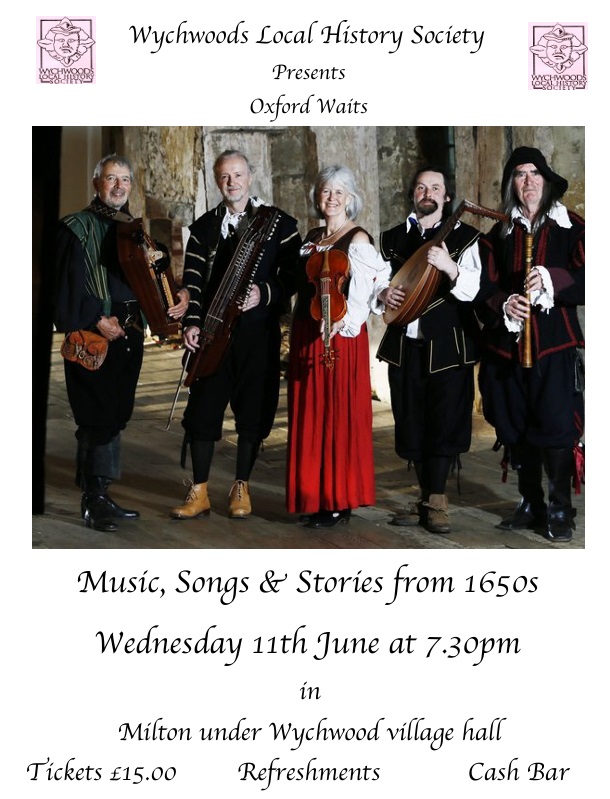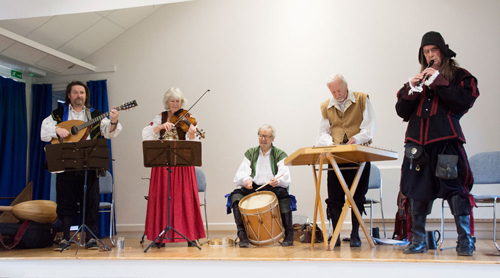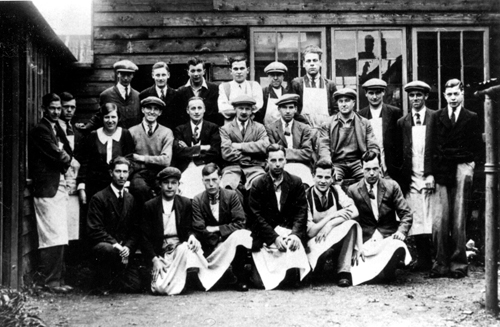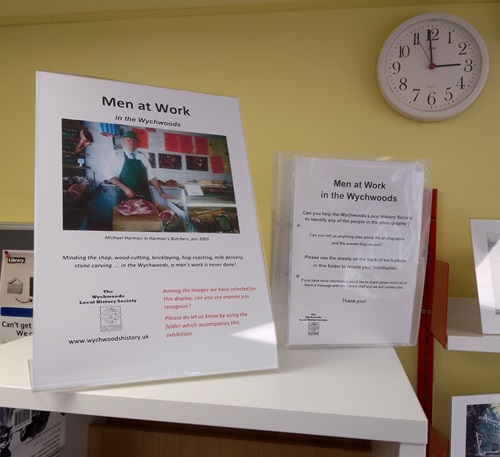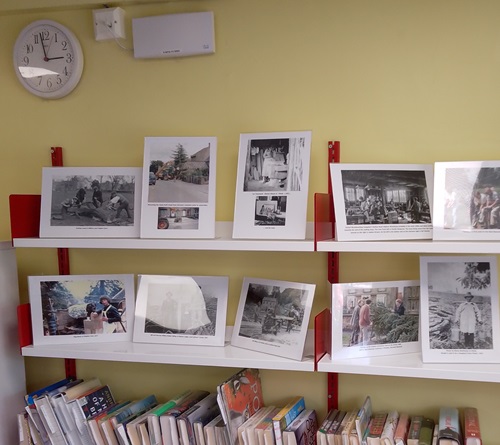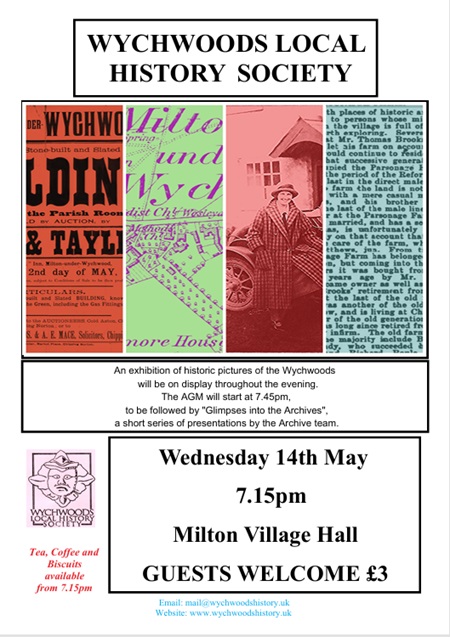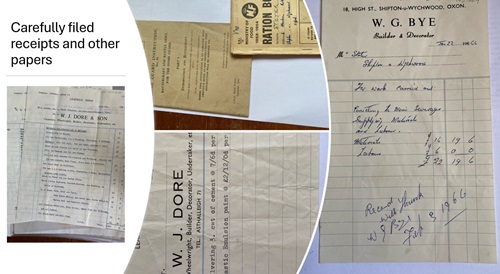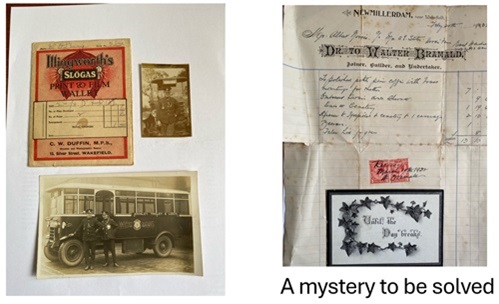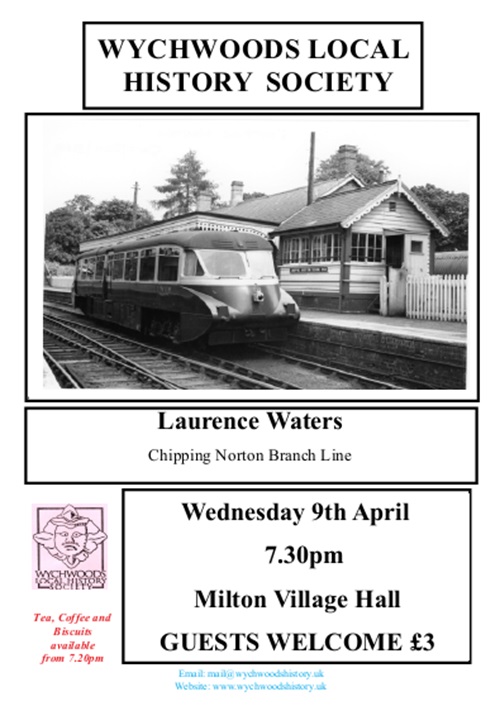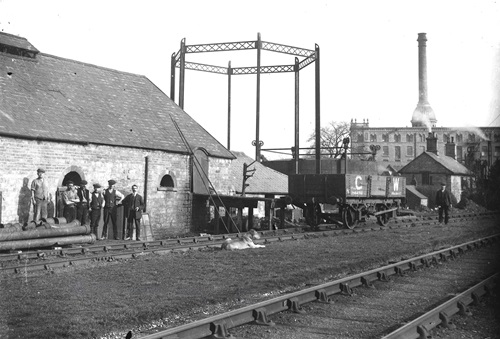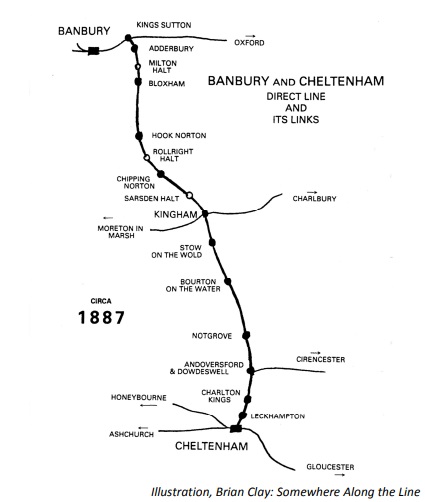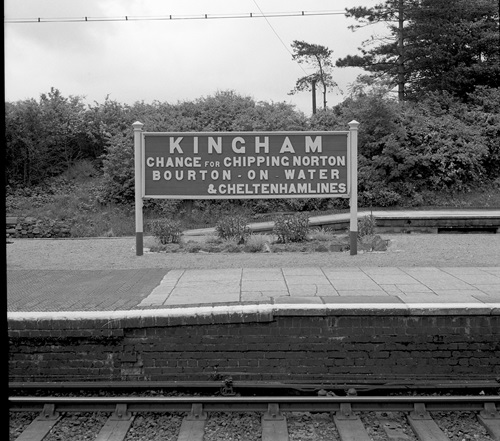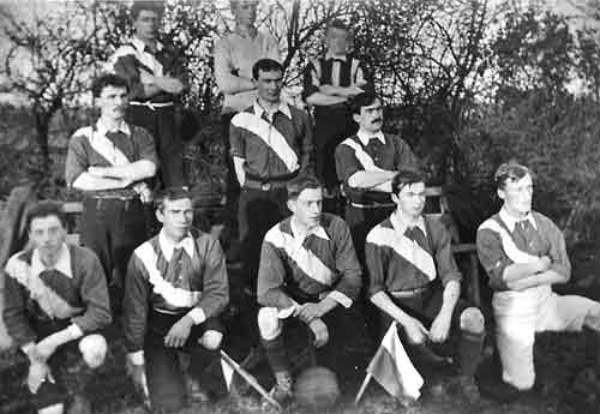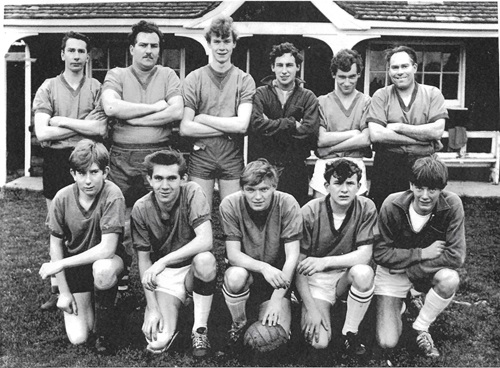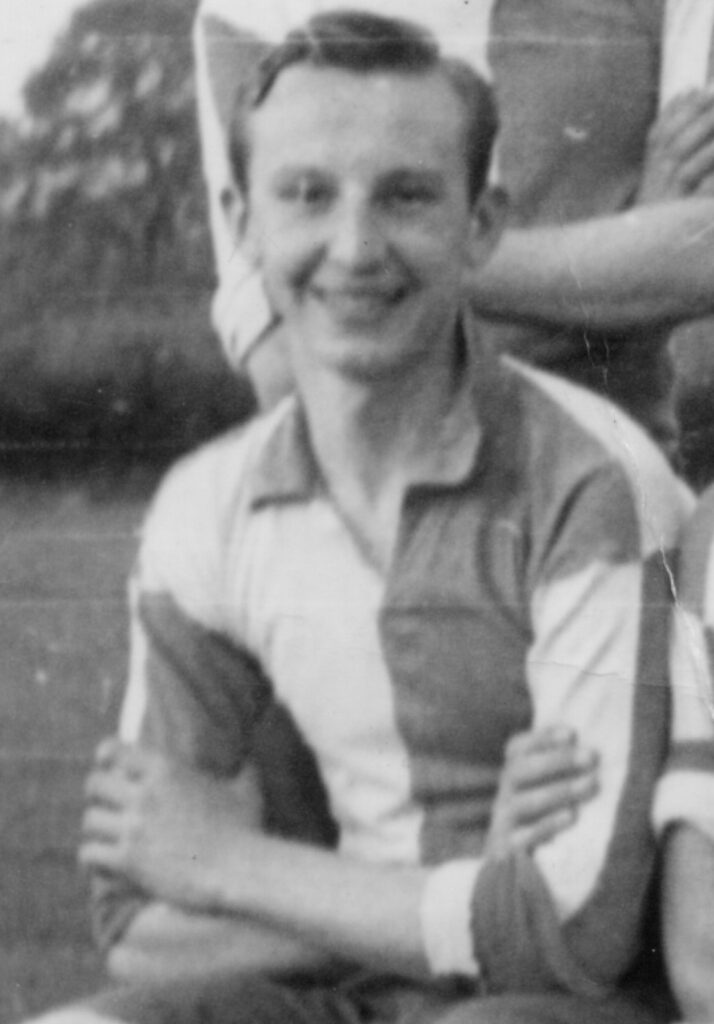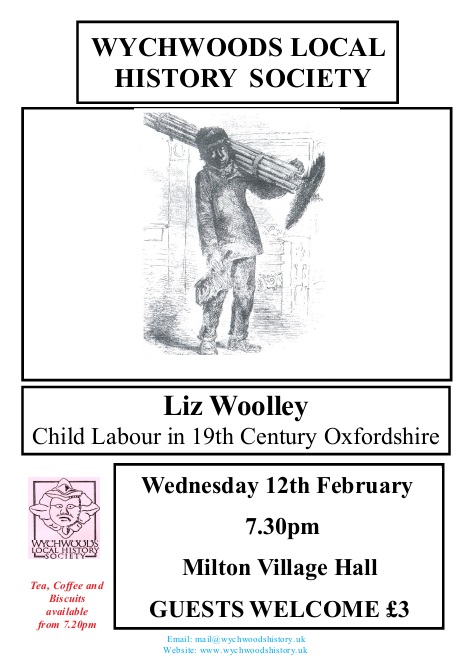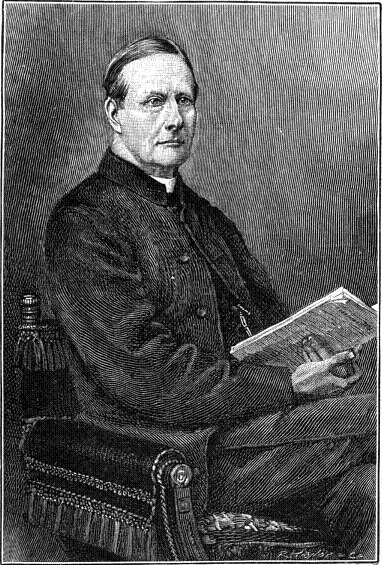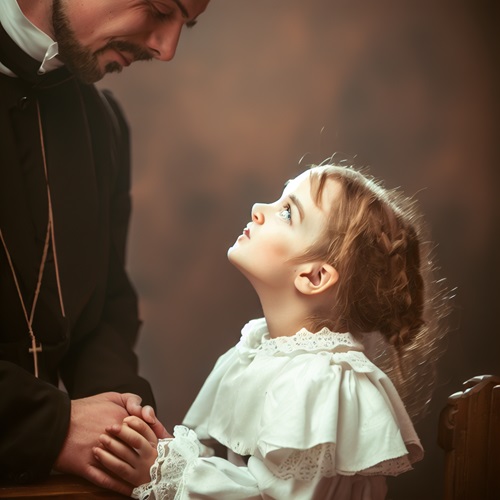Our latest library exhibition is running now until mid-June 2025 in the Wychwoods Library in Milton. We feature a selection of images inspired by childhood memories, from Edwardian times to the mid-1970s.
As with all our exhibitions in the Wychwoods Library in Milton, these images have been selected from donations over time to our archive. As always, we invite feedback from visitors: all comments and observations are welcome. We especially welcome any new information about the individuals depicted in our photographs. So often we find scant details attached to photos which come to us – and this is a common experience, whether for archivists, historians, or simply family members looking at pictures from our forebears who saw no reason to record details!
Childhood Between the Wars
Childhood in the 1920s and 1930s, during the inter-war period and Great Depression, varied greatly by social class. It was marked by economic hardship for many. Education was compulsory from ages 5 (and earlier) to 14, though some children continued until 18 in grammar or fee-paying schools.
Schooling emphasised reading, writing, and arithmetic, alongside nature studies, country dancing, and practical skills such as sewing and woodwork. Discipline was strict, with punishments which would include writing lines or receiving the cane.
Outside school, children often helped with chores, while their playtime revolved around simple games and toys. Streets became playgrounds, where games like hopscotch, skipping, conkers, and football thrived. In summer, cricket was popular, while Double Dutch required skill with long skipping ropes. Newly published comics such as The Beano, The Magnet, and School Friend captivated children, offering tales of adventure and humour. Sweets, affordable with pocket money, provided small indulgences, with popular choices including Black Jacks and gobstoppers.
Childhood illnesses such as diphtheria, scarlet fever, and polio were common and could result in extended stays in isolation hospitals or long-term disabilities. Despite these challenges, children displayed resilience and creativity, making the most of limited resources.
The Second World War and After
The outbreak of war in 1939 disrupted these lives dramatically, as many children were evacuated from urban areas to the countryside, reshaping their experiences and altering their childhood forever. These years combined simplicity, hardship, and a strong sense of community.
These days, many of us who grew up in the postwar years can reflect on our own childhoods in the 1950s and 1960s, a time characterised by independence, outdoor play, and simpler entertainment.
During that era, children enjoyed freedoms now considered rare. They would leave home after breakfast, return briefly for lunch, and only come back at dinner, often dirty and bruised from adventurous play. In cities, bomb sites leftover from World War II, barren and open, became dens for imaginative exploration. With limited television programming, children relied on self-made entertainment—cycling for miles, fishing in local streams, and climbing trees in parks. Organized sports, such as cricket and football, dominated the streets, while girls often played skipping games or hopscotch. Traffic-free streets provided ample space for these activities, fostering a sense of community among children.
Family life tended still to be centred around traditional roles, with fathers working and mothers handling household chores. Meals were home-cooked, apart from occasional fish and chips, and snacking was minimal. Clothing and shoes were expensive, often handed down, and homemade items were common. There was little societal pressure for fashionable brands.
Looking back, summers seemed perpetually warm and sunny, as children spent most days outdoors. Streets now overwhelmed by traffic and parks lacking unaccompanied play reveal how times have changed. With the advent of technology and possibly also the impact of the Covid reset, free time in childhood has tended to shift indoors, focused on smartphones and video games. Perhaps we might say that reflecting on the 1950s and 1960s highlights a loss of innocence and the freedom that once defined growing up.
